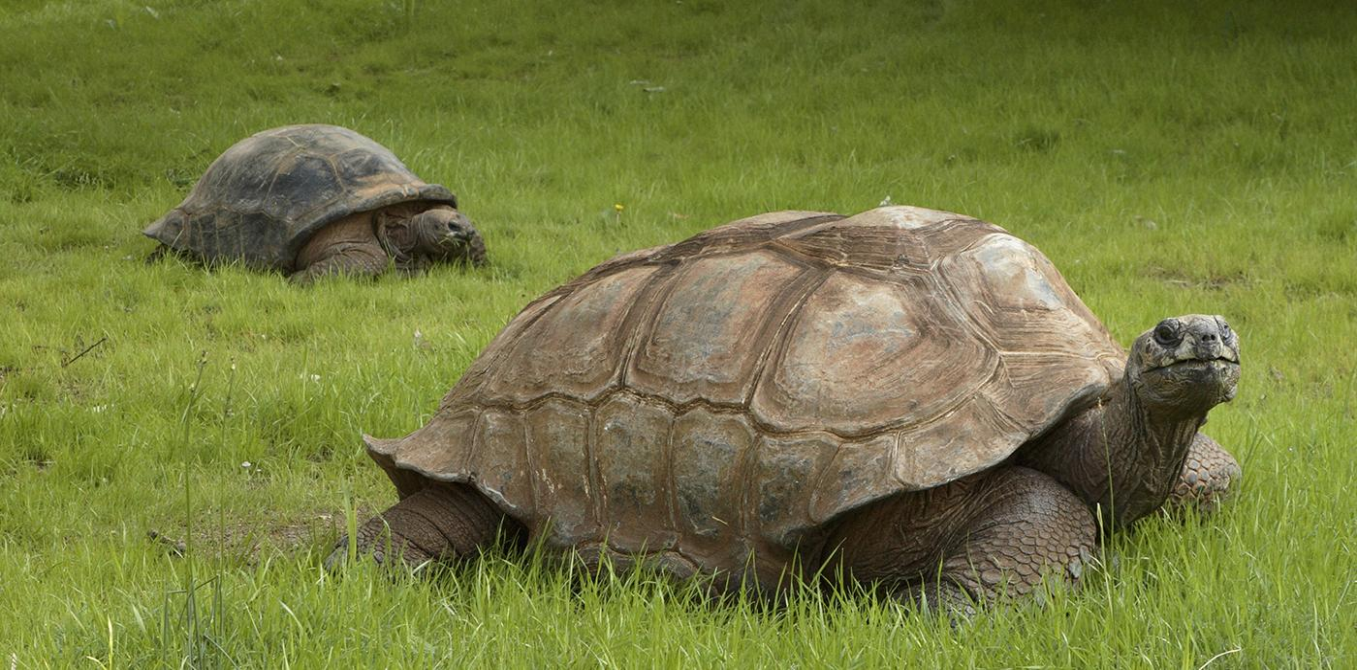





Copyright infringement not intended
Picture Courtesy: https://nationalzoo.si.edu/
Context: Reintroducing the Aldabra giant tortoise to degraded areas in Madagascar aims to restore ecosystems, including forests and prevent future forest fires, particularly in regions affected by cattle grazing.
Key Highlights
Background and History
Reintroduction Project
Ecological Role and Habitat Restoration
Fire Prevention
Biodiversity and Tourism Impact
Climate Change Mitigation
About Aldabra Giant Tortoises
Habitat and Distribution
Physical Description
Lifespan and Reproduction
Diet and Feeding Habits
Conservation Status
Conclusion
|
PRACTICE QUESTION Q. Which of the following statements are correct about the Aldabra giant tortoise's habitat? 1. They are primarily found on Aldabra Atoll in the Seychelles islands. 2. They have been introduced to other islands like Mauritius and Réunion. 3. They prefer to live in dense forests with tall trees. 4. They can be found in diverse environments like beaches, grasslands, and mangrove swamps. How many of the above statements are correct? A) Only one B) Only two C) Only three D) All four Answer: C Explanation: Statement 1 is correct. The Aldabra giant tortoises are primarily found on Aldabra Atoll in the Seychelles islands. Statement 2 is correct. They have been introduced to other islands like Mauritius and Réunion as part of conservation efforts. Statement 3 is incorrect. Aldabra giant tortoises are not known for preferring dense forests with tall trees. In their natural habitat on Aldabra Atoll, they inhabit diverse environments such as beaches, grasslands, and mangrove swamps. They are adapted to various ecosystems, but dense forests with tall trees are not their typical habitat. Statement 4 is correct. Aldabra giant tortoises can be found in diverse environments like beaches, grasslands, and mangrove swamps, showcasing their adaptability to various ecosystems. |











© 2024 iasgyan. All right reserved